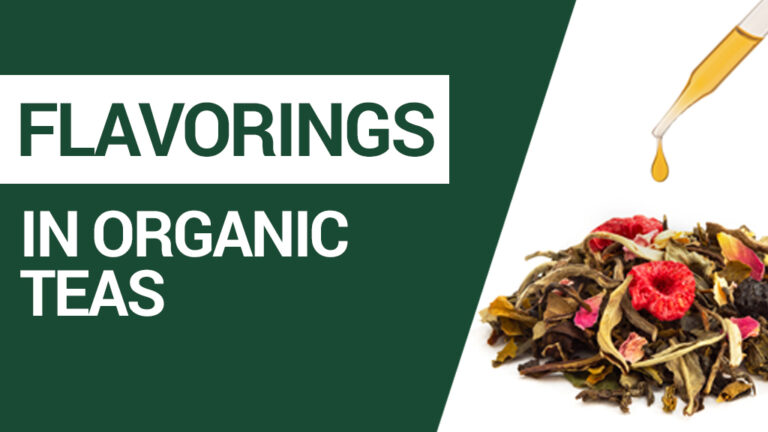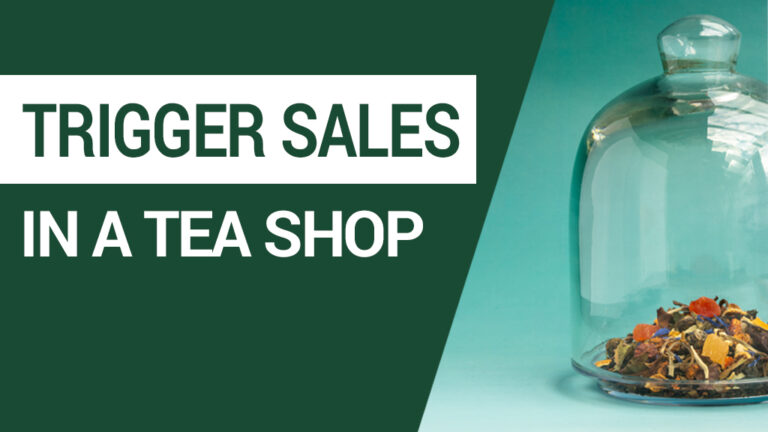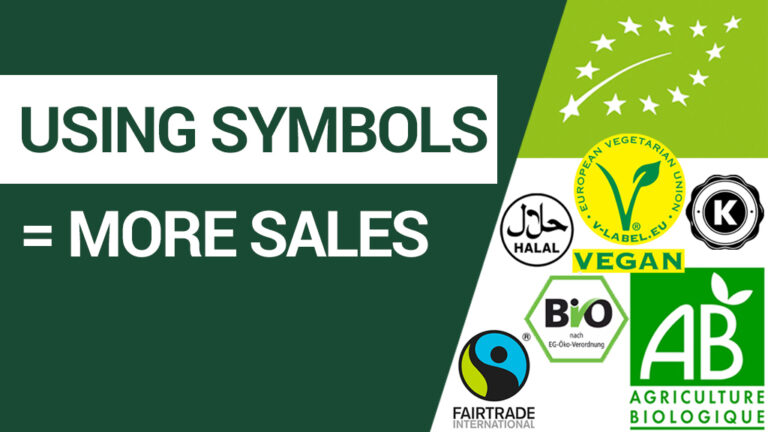Want to sell tea online? Sounds great.
I warn you though.
Launching an online business requires preparation and a lot of hard work. Especially in a competitive sector.
But there’s always a way to stand out from the competition while avoiding the mistakes others have made before you.
I’ll show you how it’s done without the fuss.
On the agenda:
- Is starting an online tea business a good idea?
- What are the regulations for selling tea online in France?
- Why having a unique concept is key to your success?
- Can you dropship tea?
- Which CMS to use for a tea store: WooCommerce, Shopify, Prestashop?
- What if you already have a brick-and-mortar tea store or tea room?
- Main mistakes to avoid?
Make yourself comfortable, let’s get going.
Table of contents
ToggleWhy sell tea online now?
If you’re just starting out
Tea is on trend for sure. Organic, well-being, cocooning… People are crazy about it.
Above all, consumers are increasingly buying teas and herbal teas online.
Twenty years ago, convincing someone to buy tea online was a daunting task. It was “weird” to buy food on the Internet, remember?
Today, however, it’s commonplace.
That’s the good news for you:
You don’t have to open your own store in town.
All you need is your computer, a good website, some knowledge and reliable suppliers.
And no, you don’t have to be a tea expert to sell tea:
From experience, those who succeed have more of an entrepreneurial profile and aren’t necessarily “tea fans”.
It’s great to be passionate about what you sell (and I hope you are), but above all you need to have the “mindset” to set up a successful business.
You might ask:
Where do I get the knowledge I need to build my range then? I don’t know which products to choose…
That’s the job of a (good) salesman at your supplier.
Let me explain:
Teas sold in France are not the same as those sold in Spain, Sweden or Germany. Because tastes are different in each country, prices are different, and so on.
So your job is to hassle your suppliers to find out what works when you start your business.
And the rest of the knowledge? You’ll acquire it on the job. No choice.
If you already have a physical shop
Yes, having an online store is a great complement to your physical business.
And you’ll get off to a great start since you’ll have:
- A physical clientele who can also buy online,
- Experience of what sells well,
- A single stock for 2 businesses.
If you already have a tea shop or tearoom, you’ll quickly realize something curious:
People don’t always buy the same teas in-store as they do online.
Why is that?
In specialized stores, people buy mainly with their senses. Mostly by smell.
Whereas online, buyers – deprived of part of their senses – are more Cartesian and “safe”.
They rely more on standards. Examples: Earl Grey black tea or Ginger Lemon green tea for the French.
Your online sales will also depend on other factors, such as the ability of your pages to appear high up in Google results.
Example:
If your product page for Milky Oolong arrives at the top of Google search results for the query “buy Milky Oolong”, your sales figures for this reference should logically be higher.
But we’ll talk more about this later in the “SEO” section of this article.
What are the regulations for selling tea online in France?
I’ll keep it short:
You don’t need any specific authorization to sell tea online in France.
But you do need…
- A legal status that authorizes you to launch your business and make sales,
- To pay attention to the label on your packets. There are precise rules to respect,
- To not forget the legal notices, your general terms and conditions, etc. It’s not much fun, but it’s necessary.
And if you sell organic tea online, your company must be certified organic.
I’m asked every week if it’s possible to “use the supplier’s organic certification”. It doesn’t work like that.
It’s one thing for your tea supplier to be certified organic. It doesn’t mean you don’t have any obligation.
I’d advise you to read our article on the Organic certification obligations in France.
Why having a clear and unique concept is key if you want to succeed online?
Gone are the days when you could launch an ecommerce with your teas and it would work on its own. If some people have succeeded like that, it’s because they were among the first to do so years ago.
Those days are gone.
Today, you have to stand out. Offer something original.
Because online, it’s not like in a city with a physical shop:
When you have a store in a city, your competition is limited. And in your sector, the competition might be 2 or 3 stores at best.
Online, you’re up against everyone.
In other words, the online tea market is saturated.
There are the big historic brands, organic brands, high-end brands, wellness teas, Japanese teas…
And if you try to please everyone, you’ll drown in the mass.
Focusing on a niche gives you a chance to get noticed, to be credible, and to build a real community around your product.
For example, you could sell:
- Relaxing herbal teas for the stressed,
- Theine-free infusions for new mothers,
- Flavored matcha for urban thirty somethings looking for a healthy morning,
- Becoming the benchmark brand for herbal teas for children (whose parents want a healthy diet), etc.
The list of niches in this sector is endless. The important thing is to choose one. In other words, to position your brand.
By targeting a very clear sub-segment, you can better adapt your message, your brand image, your offer… And if you address your target’s particular problem, you have a better chance of convincing them.
QED.
If you’d like to find out more on the subject, take a look at our 2 articles on tea branding:
Find your tea and herbal tea supplier (and not just any supplier)
I’m not going to try to influence you here. Because being a tea and herbal tea wholesaler is my job.
Just a word of advice: as far as possible, work with a supplier based in your country.
Here are the reasons:
- Better understanding: It’s not just the language, but also the culture. As I said above. French tastes in teas and herbal teas have very little in common with those of the English or Germans. To have a supplier should mean to work with an expert who has a detailed knowledge of your market. Someone who knows what works and what doesn’t, what ingredients are important in the blends…
- Liability: If you have the slightest problem with the wholesaler who supplies you, it’s easier to turn against him if he’s based in the same country as you and where the same laws apply.
Which CMS to use for a tea store: WooCommerce, Shopify, Prestashop?
What is a CMS?
A CMS is the basic structure of your site. It’s like having a construction company build your house, but only deliver the foundations, walls and roof. You have to do all the decorating.
It’s the same here.
A CMS will give you the basics of your site. Then it’s up to you to add functionality, modify the visual aspect, add products, add pages, etc.
In France, WooCommerce, Prestashop and Shopify are the 3 “standards” available to you.
Which CMS to choose for your tea business?
The choice of the CMS determines how easy it is to create your site, your customization possibilities, and the budget you have to allocate.
I’ll give you an overview of the three most popular solutions for creating an online tea store in France:
PrestaShop: the French e-commerce champion
- Prestashop is ultra-popular in France and Spain.
- Open source solution, the basics are free,
- Plan a budget for development and modules,
- Very suitable for medium to large product catalogs (thousands of products and more).
- Excellent multilingual management,
- Large French community and many partner agencies.
Good to know: Prestashop often requires a developer at the outset, and customization can quickly become expensive. Ideal if you have an ambitious vision and a bit of budget.
💡 To sum up: Prestashop is great if you’ve got web experience, know html and css, and are willing to spend some time and/or pay someone to develop certain features.
WooCommerce: an international standard
- WooCommerce is simply the e-commerce side of WordPress. The most important points:
- WordPress and WooCommerce are free,
- Many plugins (or modules) exist and are free too,
- Perfect if you want to mix a sales site with a blog section,
- Lots of free and paid themes (designs) available.
- Great flexibility and good compatibility with French payments (Stripe, PayPlug, etc.).
- Great for small catalogs. Requires some technical interest though.
💡 To sum up: WooCommerce is the intermediate solution between Prestashop and Shopify. You can do a lot for free, but having some web knowledge is clearly a plus.
Shopify: the turnkey solution
- Hosting, credit card payment module and maintenance included,
- Ultra-intuitive interface, fast time to market,
- Excellent marketing integrations (social networks, marketplaces),
- Responsive customer support in many languages.
- No free version.
Good to know: Less flexible in terms of advanced customization.
💡 To sum up: Top for those who prefer simplicity and are prepared to pay every month.
Comparative of WooCommerce, Shopify, Prestashop for your e-commerce
I’ll sum it all up in a table:
| CMS | Pros | Cons | For who ? |
|---|---|---|---|
| PrestaShop |
✅ Open source, basics are free ✅ Great for sellers with a big assortment ✅ Built for multilingual ✅ Huge French and Spanish community |
❌ Complex to set up alone ❌ Modules are not free ❌ Need of a developer | For bigger project with budget |
| WooCommerce |
✅ Low cost to start with ✅ Idaal to mix blog + ecomm ✅ Flexible |
❌ Not the go-to solution for huge assortment ❌ Requires some knowledge | Great for small assortment and blogs |
| Shopify |
✅ Easy-to-use ✅ Hosting and maintenance included ✅ Powerful and integrated marketing solutions ✅ Customer support in many languages |
❌ Monthly subscription – no free version ❌ Commissions if no Shopify Payments ❌ Customization is more limited | For those who want to start quick with an easy tool |
How to choose?
- If you have a small catalog and like to create editorial content: WooCommerce.
- If you want a turnkey site with no headaches: Shopify.
- If you’re aiming for an ambitious project with higher volumes: PrestaShop.
There is no single best CMS. Each has its own costs, advantages and disadvantages.
Your choice will also depend on your personal skills. If you have little experience in e-commerce and a line of html or CSS makes you squirm, you’d probably choose Shopify over Prestashop.
What type of content should you put online for your tea shop
No matter which CMS you choose, it’s important that your site is fast, aesthetically pleasing and functional.
The basics everyone should do: Make beautiful product pages, with real photos, a bit of storytelling, and key info (origin, tastes, how to prepare it).
Focus on selling points
A big mistake that many brick-and-mortar owners make when they go online is this: They think tea sells itself.
Let me explain.
In specialized stores, tea sells itself because it appeals to the buyer’s senses. Especially the smell. Remember, in a tea store, people buy mainly with their noses… that is, their emotions.
But when you sell online:
1. you can’t taste,
2. and worse, you can’t smell.
So you have only one solution: highlight the features and benefits of your products.
Depending on the spirit of your brand and the clientele you’re targeting, you can choose to focus on:
- Organic and ethical features,
- Taste, for example, by reinforcing your message with a visual representation of the tea’s flavors,
- The benefits of consuming your product: a boost, a soothing effect,
- What your product represents: the perfect gift idea, for example…
These arguments are often communication elements you’ll find on packagings in stores.
But online, as the consumer is deprived of part of his senses, you need to focus on its features and benefits to convince him to buy your product.
Can you drop ship tea?
Dropshipping involves selling a product without storing it. It’s the dropshipper who ships directly to the end customer. On paper, it’s attractive because you don’t have any stock to manage.
But personally, I wouldn’t recommend it if you’re just starting out.
Here’s why:
- ⚠️ Quality: you often have no control over product, packaging, or freshness,
- ⚠️ Delivery times: no control either,
- ⚠️ Margins: since you outsource storage and order processing, your margins will be even lower.
My advice: if you launch your business, keep it simple and forget dropshipping. Take care of labels, take care of packaging, take care of customer returns. Because you’re going to learn a lot. And the best time to do all this is when you start and when your order volume is low.
If your brand takes off, you’ll eventually be able to go through a dropshipper if you’re prepared to let him have part of your margin in exchange for his service.
Make your site known with SEO and SEA
One question will haunt you: how will people find my tea and herbal tea e-commerce?
Because creating your store isn’t enough: you also need to know how to bring it to life and attract traffic. On the web, you have two main levers: SEO and SEA.
SEO (Search Engine Optimization)
Search Engine Optimization (SEO) enables you to appear in Google’s free search results. For a tea store, this means:
- Well-written, unique and detailed product pages.
- A blog focusing on the world of tea (recipes, advice, benefits, traditions).
- An optimized technical structure (speed, mobile, titles, tags).
It’s a long-term job, but it guarantees long-lasting, qualified traffic.
SEA (Search Engine Advertising)
Paid search (SEA) allows you to appear quickly via Google Ads. For example:
- Shopping campaigns for your flagship products (matcha, sencha, rooibos…)
- Search campaigns targeting specific keywords (“buy organic tea”, “detox tea”)
- Remarketing to boost sales to visitors who haven’t yet made a purchase
It’s a powerful lever at start-up or to boost peak periods (Christmas, Mother’s Day…).
My advice: If you have a small budget, combine the two. Invest in SEO from the outset to build your authority. And activate SEA to generate your first sales and test your offer.
The main mistakes not to make (I’ve made some of them)
Here are the things you shouldn’t do or overlook when you’re getting started:
- Copy the big brands and don’t try to stand out,
- Believe that the product will sell itself, without working on your product pages for example,
- Not thinking about how people will discover your site,
- Making an ugly site. Yes, that counts,
- Making a poorly-functioning site. If only I’d known earlier how crucial the site menu is…
- Not calculating margins: cheap tea + free delivery = bankruptcy,
- Wanting to outsource everything right from the start (dropshipping in particular) when your project is modest,
- Not setting sales targets.
Let’s wrap this up
The good news: Selling tea online is easier than you think.
Bad news: Being visible on the web and making enough sales is harder than you think.
My advice:
- Find your niche and focus your communication on a specific problem faced by some tea customers,
- Set up a design and functional site with the CMS that suits your computer skills,
- Be obsessed by the idea of making your site visible and immerse yourself in SEO and SEA,
- Avoid dropshipping at the start of your project,
- Create a legal entity and become certified if you sell organic tea in France,
- Find a competent supplier who understands the market you want to sell to.
The secret of entrepreneurs who succeed? They persevere until they find the formula that works.
This means 2 things in terms of mindset:
- Don’t give up at the first failure. It’s very rare to get it right the first time. Accept what doesn’t work and modify your approach until you find the right formula.
- Have fun doing it. Enjoying your business will make all the difference.




